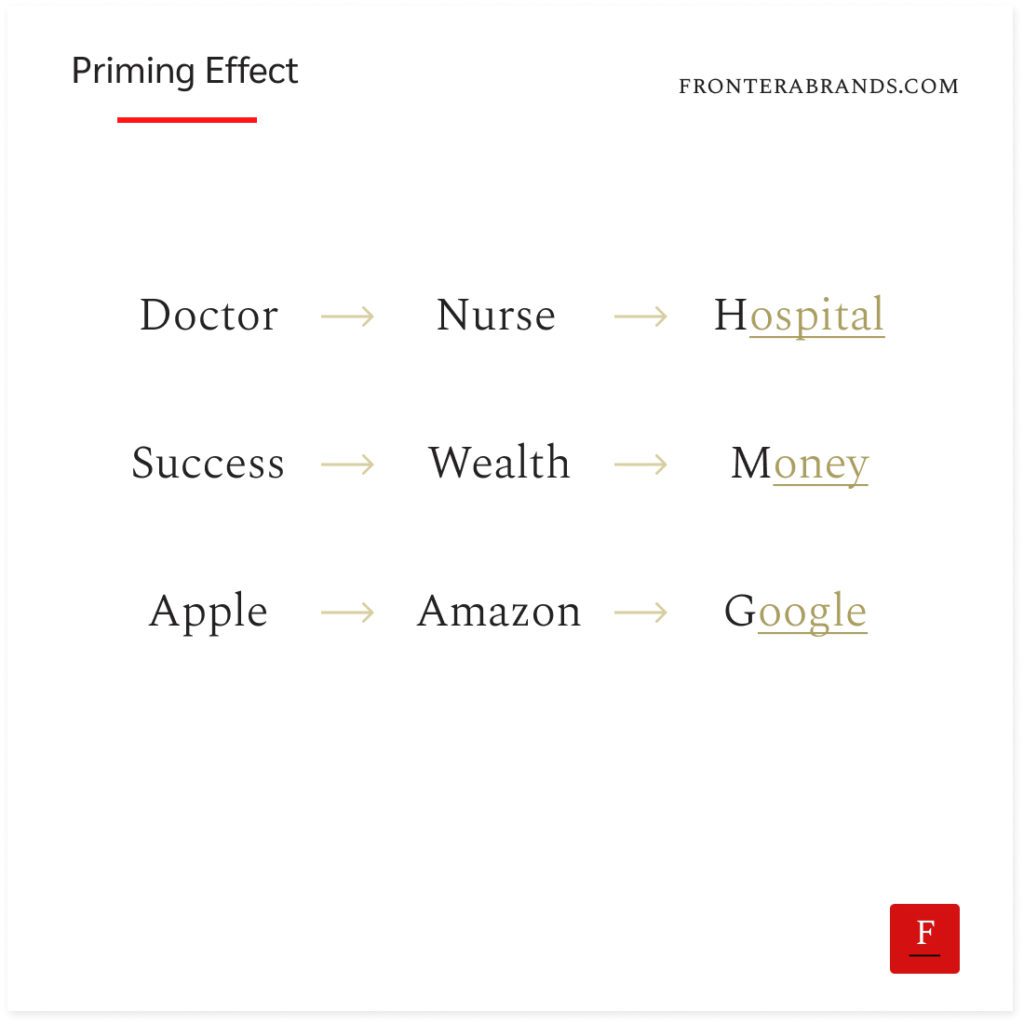In 1999, a group of Asian-American women students stepped into a room for a math test.
But before the test, they had to fill out a form.
The first group had questions on gender-related issues.
Like what’s their gender, opinions about co-ed dorms, etc.
The second group’s questions were about ethnicity.
Like what their ethnicity was, what languages they spoke at home, or when their families moved to the US.
And there was a control group that answered questions unrelated to ethnicity or gender.
Now, all groups were equally talented.
The math test was the same.
But the group that answered questions about ethnicity got significantly higher results.
And the gender group got the worst.
Why?
Because we all know about stereotypes.
Even though we don’t believe in them.
When it comes to math, the stereotype is that Asians are good at it while women are not.
So students who were primed that they were Asians performed better.
And students who were reminded that they were women performed worse.
The subtle power of the priming effect
The study was eye-opening.
Everybody knew stereotypes affect how we see other people.
But nobody thought they’d also prime our own behavior and performance.
You know how our minds use shortcuts to make sense of new information.
Whether it’s the anchoring effect or association bias.
The priming effect is another shortcut.
So one stimulus can influence our behavior about a following, related stimulus.
It’s like our mind keeps the words and memories in clusters.
And when you get a few cues from a certain cluster, your next actions tend to fit into that.
In the example, “Asian” is in the same cluster as “high Math skill” or “smart.”
And that created a high expectation for the “Asian” students — hence they performed better.

More examples of priming:
- The same message, different responses: The same message delivered in different words generates different reactions. Think about a mail full of these words: deadline, urgent, and lose out. And an alternative with value, quick, and opportunity. One would stress people out, the other one would motivate them.
- Prior experience: When we have a positive experience with a brand or a person, we get primed to have a good experience in the next interaction. Here, the association also comes into play. We’ve talked about how salespeople use expensive dinners to build positive associations.
- The identities: The identities we use to define ourselves shape our behavior. They can be related to professions, hobbies, or political views. Like ‘entrepreneur’, ‘cyclist’, or ‘libertarian.’
So here comes the fun part.
How can you use the priming effect to your advantage?
Let’s see.
Two tips to use the priming effect in business:
1. Be deliberate about the “cues”
Canadian philosopher Marshall McLuhan has a famous idea.
“The medium is the message.”
What did he mean?
Well, the medium you choose to communicate tells as much as the message you deliver.
Imagine your friend sends you two links to check.
The first one takes you to an article.
And the second one takes you to a TikTok video.
You don’t know about the content yet.
But the medium already primes you for an outcome: interesting information from the article.
And something short and unimportant from TikTok.
So the way you distribute the content has a meaning itself.
What’s the catch?
The same applies to products and brands.
Louis Vuitton destroys unsold items, instead of selling them at a discount.
Because a discount would give wrong cues to customers about the luxury brand.
The opposite example is low-cost airlines.
They design everything to be cheap.
Waiting in long lines, uncomfortable seats, no free service…
Yes, they save costs.
But these cues also reinforce customers’ feelings that they get the best deal.
They are on-brand.
So see everything your brand does with this frame.
Be deliberate about the cues you give away.
Whether it’s the way you distribute a product or how you write social media content.
To prime customers to your brand’s ideal experience, make every little detail on-brand.
2. Create high expectations
Some people suggest not creating high expectations about your product or work beforehand.
Bad advice.
Why?
Because people see what they expect to see.
So between two identical products, the one that generates higher expectations wins.
Think about wine tasting.
The same wine served with a higher price tag and a note that it’s from western France tastes better.
The expectation changes the experience.
And yes, people are not stupid.
When the expectations don’t match the quality at all, it doesn’t work.
A Big Mac is a Big Mac no matter what price tag you put on it or how you serve it.
But when quality is indistinguishable, priming works its magic.
So do the same for your products.
Remember the Halo Effect.
Prime your customers’ expectations for the best — with price, copy, and design.
The expectations will create their reality.
–
Enjoyed this article?
Then you’ll love the How Brands Win Newsletter.
Get the “7 Positioning Sins That Cost B2B Brands Millions” guide when you join. It’s free.
Footnote:
There was a controversy about the priming effect a couple of years ago. Researchers found out that some old studies were not replicable with larger sample groups.
This made people rightfully question if the priming effect is real. But the core idea behind semantic and associative priming is well-established. And the study about Asian/women stereotype priming was replicated with larger sample groups.
References:
- Predictably Irrational, Dan Ariely
- Stereotype Susceptibility: Identity Salience and Shifts in Quantitative Performance, Margaret Shih, Todd L. Pittinsky and Nalini Ambady (1999)
